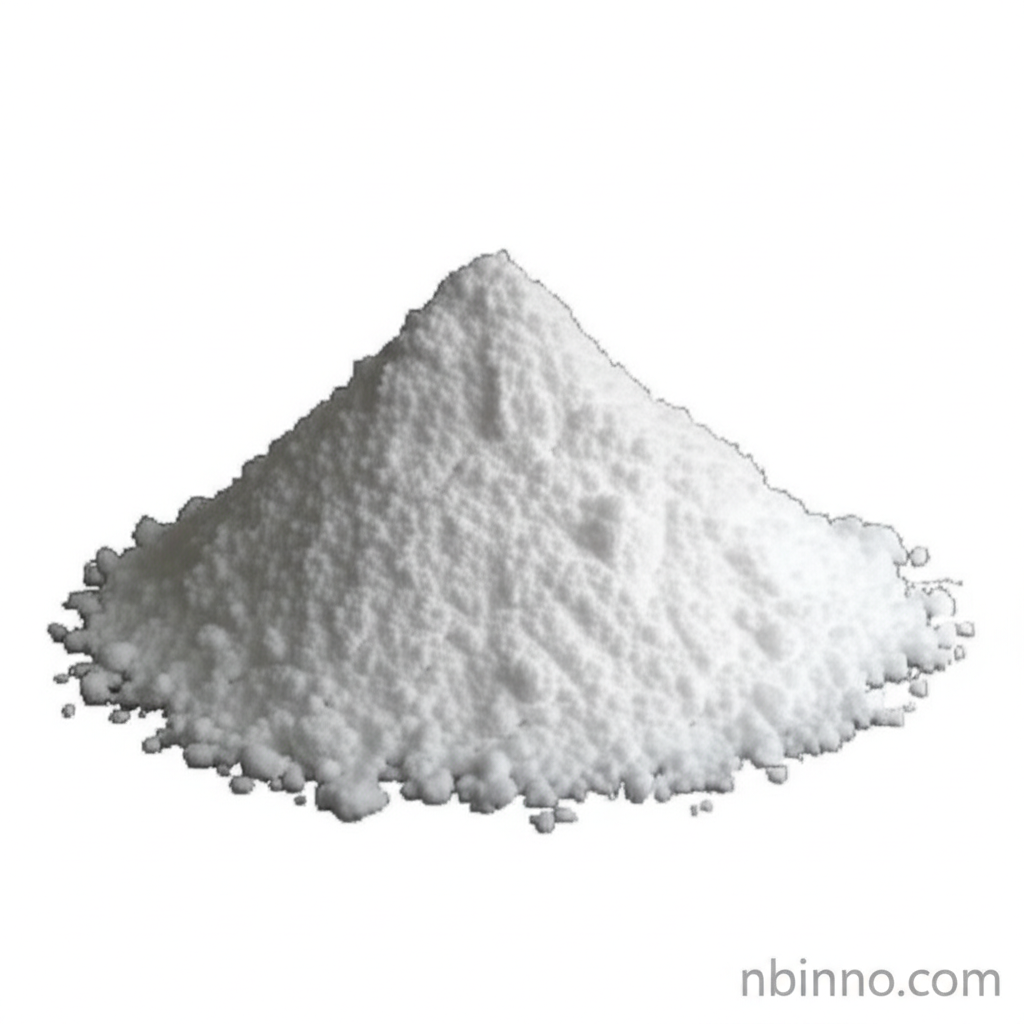Understanding Antimony Trioxide's Role in Flame Retardancy
Discover the synergistic power of Antimony Trioxide as a key flame retardant synergist.
Get a Quote & SampleProduct Core Value

Antimony Trioxide
Antimony trioxide serves as a crucial synergistic flame retardant, significantly boosting the effectiveness of halogenated compounds in polymer materials. Its ability to interrupt combustion processes by trapping radicals in the gas phase and forming a protective char layer in the solid phase makes it invaluable for enhancing fire safety across a wide array of applications.
- Unlock superior fire resistance in polymers like PVC, polyolefins, and ABS using antimony trioxide flame retardant synergists.
- Explore the synergistic flame retardant effect of antimony trioxide in advanced plastic formulations.
- Discover the various uses of antimony trioxide in plastics, from cables to electronic casings.
- Learn about the antimony trioxide mechanism of flame retardancy and its importance in industrial applications.
Key Advantages Offered
Enhanced Fire Safety
Antimony trioxide flame retardant synergists provide exceptional fire resistance by effectively disrupting combustion chain reactions, a critical feature for products requiring stringent safety standards.
Material Performance Synergy
When combined with halogenated flame retardants, antimony trioxide demonstrates a powerful synergistic flame retardant effect, improving overall material performance without compromising mechanical properties.
Broad Application Spectrum
The versatility of antimony trioxide extends to numerous industries, offering effective solutions for plastics, rubber, textiles, paints, glass, and electronics, making it a staple chemical auxiliary.
Key Applications
Plastics Industry
Utilized as a flame retardant in PVC, PP, PE, PS, and ABS, contributing to the fire resistance of electronic equipment enclosures and automotive components.
Rubber Industry
Acts as a filler and flame retardant in rubber compounds, enhancing the fire safety of products like fire-resistant gloves and hoses.
Paints and Coatings
Serves as a white pigment and flame retardant, improving the fire performance of coatings for various surfaces.
Glass and Ceramics
Functions as a clarifier additive in glass manufacturing and is used in ceramic glazes and pigments, showcasing its diverse chemical auxiliary roles.
